‘Hanoi is shedding its skin. So what to make of its spirit?’
- Vietnam’s tallest Guanyin statue enters top travel photo
- 2nd "Vietnamese from above" photo contest launched
As part of that, VanHees set out to document Hanoi’s transformation. As he embarked on the project, he found himself reacting to the following thought, “Hanoi is shedding its skin. So what to make of its spirit?” The resulting work is a series of moody, cinematic, landscapes that reveal a rapidly changing city.
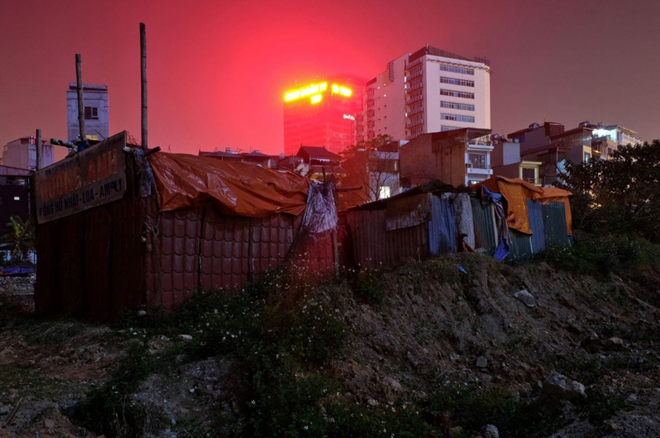 |
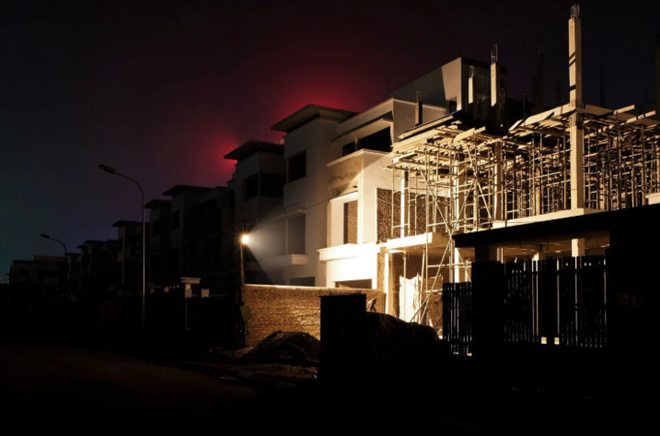 |
 |
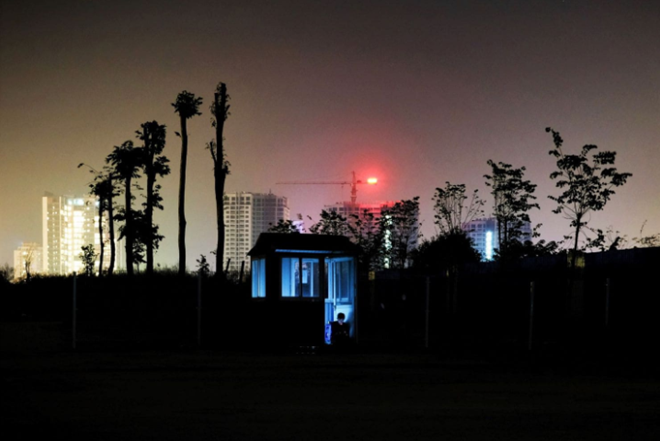 |
Here’s what VanHees told In Sight about his project:
“Hanoi’s physical space has been changing radically over the past 30 years. While the city consisted of just a handful of urban districts in the past, new suburbs, rife with modernity, have and continue to be built for the inner-city population to move to. As Vietnam’s economy opened up, new wealth was created which impacted the agricultural lands and villages surrounding Hanoi. Families began to replace their traditional rural homes with multistory urban houses. Informal and small-scale at first, these conversions turned into formal rural-to-urban transitions, fueling the expansion of the city.”
“I developed this series during a number of nocturnal scooter trips around the city. At first I focused on some of Hanoi’s new urban areas: large-scale estates with apartment buildings, office and shopping facilities and luxurious villas, ready to cater to Vietnam’s budding middle class. While some of these projects are finished and inhabited, many are still under construction. Still others have seen their construction halted for various reasons, turning them into abandoned, half-finished, haunted-looking building sites. Somewhere along the way I also started exploring older residential areas bordering the new urban areas, interested in the variation of the formal vs the informal.”
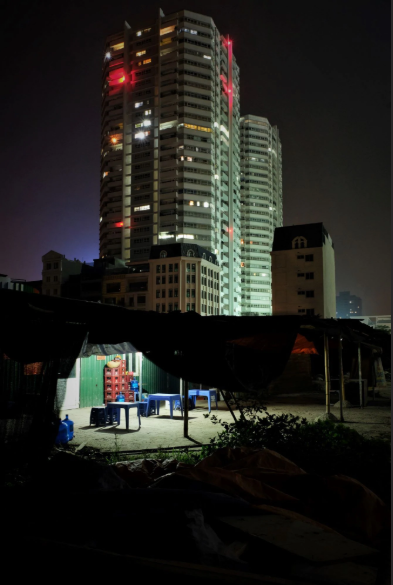 |
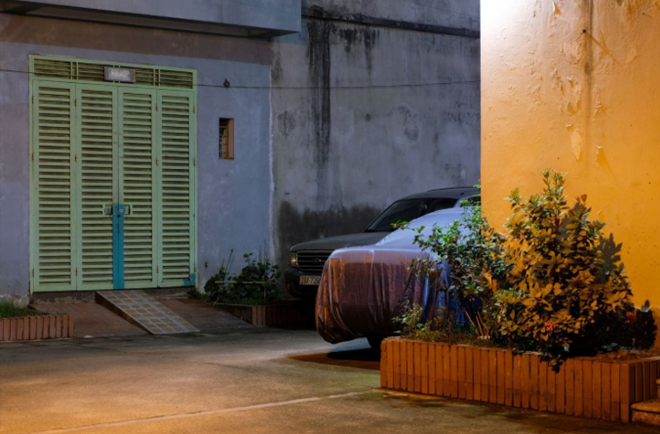 |
 |
“It’s in these residential areas that I find the urban transformation to be most clear, much more so than in often-visited areas like the Old Quarter’s famous 36 Streets. I specifically created this series at night, aiming to capture compelling visual contrasts, such as the dark night sky lit by brightly colored neon lights. I personally also enjoy the nightly atmosphere in these parts of town. Hanoi can be a loud and chaotic place at times. It’s a dense city, with heavy and ever-increasing traffic and a growing population. But at night these residential areas almost become oases of stillness. You don’t encounter many people on the streets once it’s past 10 p.m. for example. There’s a serene beauty to it, mundane as the setting may be at first glance.”
You can see more of VanHees’s work on his website, here. (www.woutervanheesphotography.com)

